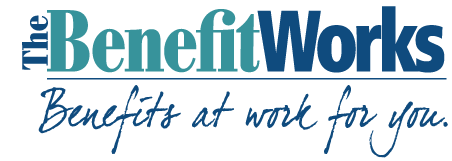A premium only plan (POP) is the most basic and most popular type of Section 125 plan, which are often referred to as “cafeteria plans.” While there are different types of Section 125 plans, each provides employers and employees with the chance to save money by reducing their tax liabilities.
A POP plan allows employees to pay their portion of insurance premiums with pre-tax dollars. Benefits that are typically offered within a POP plan include health, dental, vision, accidental death and dismemberment, short- and long-term disability, and group life insurance up to $50,000.
POP Benefits
With a POP plan, employees have the option of choosing an amount of pre-tax salary that will be withheld from their wages for insurance premiums. Depending on the amount they elect, employees can save up to up to 40 percent on their payroll deductions due to savings on Medicare, Social Security and unemployment taxes (depending on the state). As a result, employees have more money to take home each pay period.
For employers, POP plans can decrease company payroll expenses and federal and state tax liabilities. For every dollar an employee contributes into a POP, employers save 7.65 percent on FICA taxes—a substantial financial savings. In addition, employee morale may improve since their take home paychecks are larger.
POP Disadvantages
While POPs can save costs, it is important to be aware of the potential disadvantages of these plans for both employees and employers.
- Since a POP plan decreases an employee’s taxable income, it may also reduce other benefits, like Social Security, that are calculated using an employee’s income.
- Employers are responsible for the implementation and maintenance costs associated with a POP plan.
- Often, the tax savings gained covers most or all of the cost of the plan administration. Still, administering a POP plan is another responsibility for already busy HR professionals.
- While POPs can offer tax savings to employees, they do not offer the same advantages of flexible spending accounts (FSAs), which allow employees to use FSA funds for qualified medical expenses in order to help offset their out-of-pocket costs. Employees may find POP plans to be less comprehensive than FSAs or other health care account options potentially offered at other companies.
POP Administration
Employees are only eligible to enroll in POPs during your annual open enrollment period, within a specified date for new hires or after a qualifying event (marriage, birth of a child, etc.). Employers are required to provide participants with a summary plan description (SPD) that explains the plan’s benefits, claims review procedure and participants’ rights.
In addition, employers offering a POP should perform nondiscrimination testing annually to make sure the benefit plan does not discriminate in favor of certain highly compensated or key employees. A POP test is deemed to satisfy the Section 125 plan nondiscrimination requirements if it passes an eligibility test. All tests should be kept on file in case of an audit.
If you are interested in setting up a POP or want more information, contact The BenefitWorks today.

